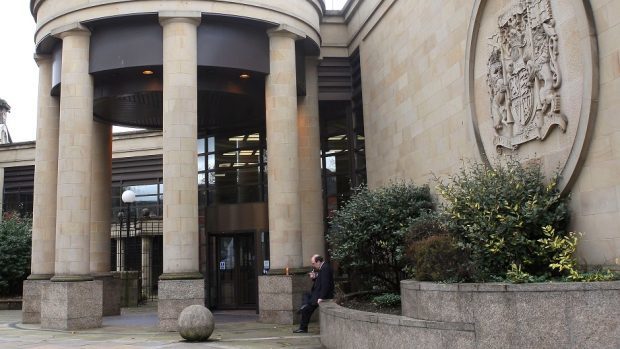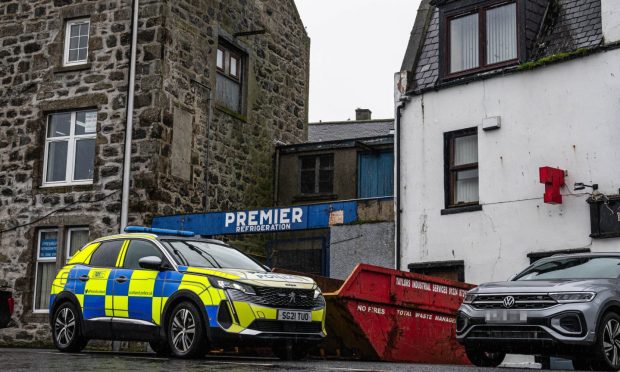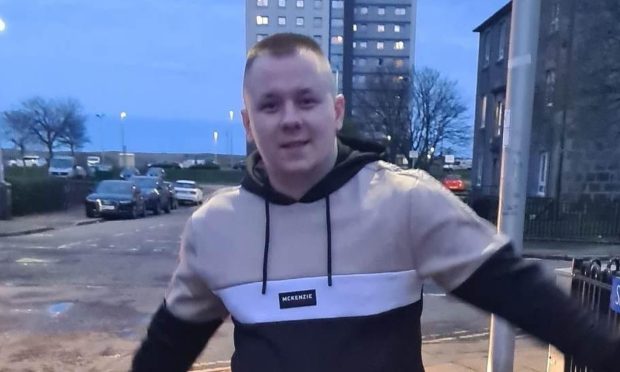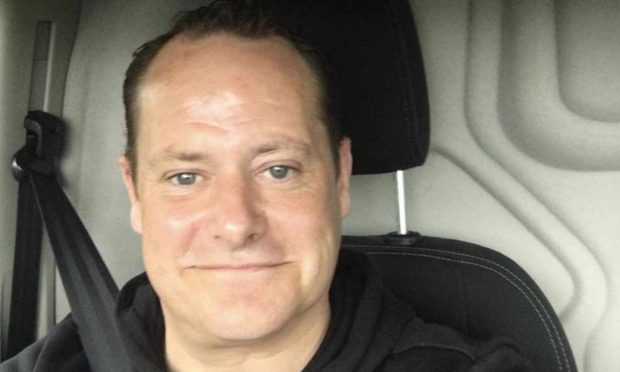A Royal Navy warship hunted in waters off the north of Scotland for a ship whose crew is accused of carrying out an international drug smuggling operation.
The nine-strong crew of the tug MV Hamal are on trial accused of smuggling cocaine from Istanbul via Tenerife to South America, and then to the North Sea between February and April 2015.
They are also alleged to have been concerned in the supply of the class A drug between April 21-23.
Giving evidence at the High Court in Glasgow, UK Border Force officer Chris Pratt said the operation to board the Tanzanian-registered ship was “dangerous work” because of the remote location 100 miles east of Aberdeen and the possibility of an “opposed” boarding.
The 59-year-old, who works at the National Maritime Information Centre at Portsmouth, said he was asked at a briefing there on April 22, 2015 to arrange for ships and aircraft to trace the Hamal in the waters around the UK.
He said the National Crime Agency gave him a location for the ship the previous day in the Atlantic off Ireland and the Royal Navy destroyer HMS Somerset was diverted from operations near Iceland and the UK Border Force cutter Valiant was heading north from the English Channel.
Mr Pratt calculated four possible routes the Hamal could use to head into the North Sea and a plane sent to check found the ship at the east end of the Pentland Firth shortly before 5pm on April 22.
He said: “The decision was made to look towards 10am so we would have the assets in place. I didn’t want anyone to thunder in at high speed.
“I wanted a clean approach, controlled, and I wanted a positive ID before the vessel was boarded.”
He said the Hamal was boarded successfully and taken to Aberdeen harbour, where he arranged for a specialist “deep rummage” team to search it.
He later plotted data from the ship showing a route from Turkey to Tenerife, then Guyana, back to Tenerife, past the west coast of Ireland, then through the Pentland Firth to the North Sea.
Under cross-examination by Donald Findlay QC, representing the ship’s master Mumin Sahin, 46, Mr Pratt denied that he knew “exactly where” Hamal was or that he was tracking the ship.
The crew – Kayacan Dalgakiran, 64, Mustafa Guven, 48, Mustafa Ceviz, 55, Umit Colakel, 39, Ibrahim Dag, 48, Emin Ozmen, 51, Abdulkadir Cirik, 32, Mahammet Seckin, 27, and Sahin, deny the charges against them.
Sahin is also charged with failing to maintain the automatic identification system for the Tanzanian-registered ship while at sea between April 21 and 23.
He denies all the charges against him and has lodged a special defence of incrimination naming Ahmet Kurtulus of Kiev Shipping, also named by Ozmen in a similar defence.
The trial continues.










